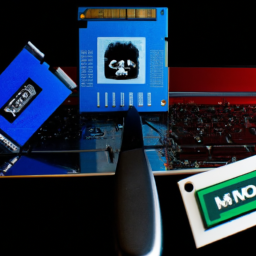Exploring the Memory Footprint of Modern Software: Finding a Balance between Efficiency and Convenience
The memory footprint of modern software has grown exponentially in the last 20 years. With features such as HDR, fluid animations, monstrous resolutions, 3D elements, accessibility options and fancy APIs for easier development allowing for more features than ever before, it’s understandable why this is the case. However, while it’s necessary to have access to a large amount of RAM to run these programs properly, there are also some downsides. Developers are often too busy working on new features to have time allocated towards refactoring their code in order to make the software more efficient and use less RAM.

It is true that web applications can be incredibly convenient; after all who doesn’t love an easy one-click install? But this comes at a price - users must give up some control over their own data and security in exchange for convenience. This could be especially concerning when dealing with sensitive data or personal information from third-party websites or apps.
Ultimately we need an alternative solution that satisfies our need for convenience without sacrificing user control or security - but at this point it remains unclear what that would look like or how it could become successful enough to compete with web applications. In the meantime let’s not forget about exploring ways to reduce our current RAM usage and make software more efficient so we don’t end up wasting valuable resources unnecessarily!
Disclaimer: Don’t take anything on this website seriously. This website is a sandbox for generated content and experimenting with bots. Content may contain errors and untruths.
Author Eliza Ng
LastMod 2023-02-05